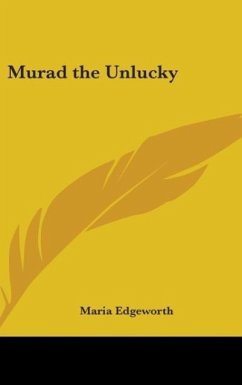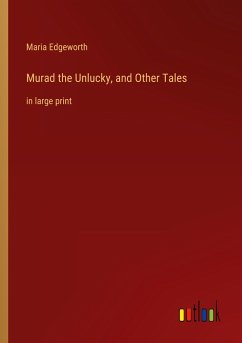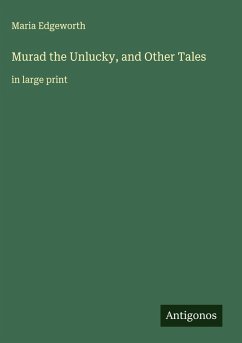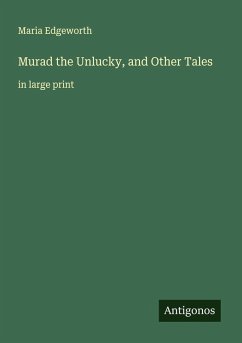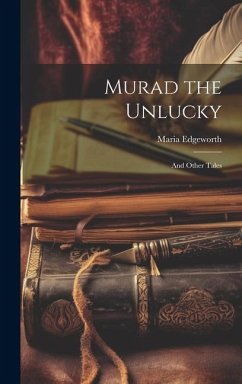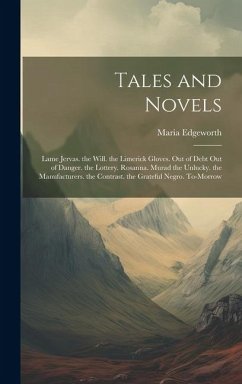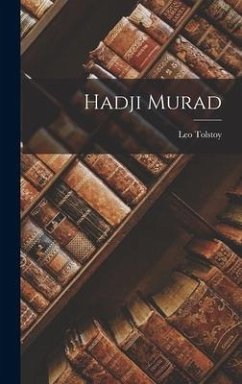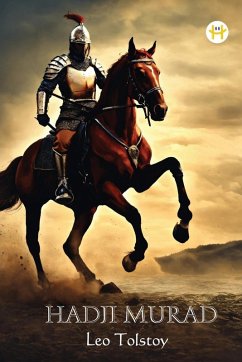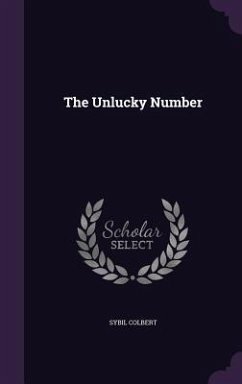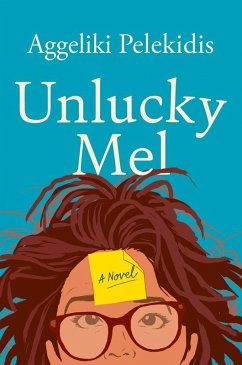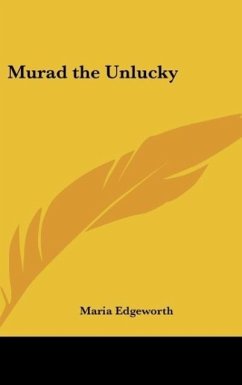
Murad the Unlucky
Versandkostenfrei!
Versandfertig in 1-2 Wochen
27,99 €
inkl. MwSt.
Weitere Ausgaben:

PAYBACK Punkte
14 °P sammeln!
1804. It is well known that the grand seignior amuses himself by going at night, in disguise, through streets of Constantinople; as the caliph Haroun Alraschid used formerly to do in Baghdad. One moonlight night, accompanied by his grand vizier, he traversed several of the principal streets of the city without seeing anything remarkable. As they were passing a rope maker, the sultan recollected the Arabian story of Cogia-Hassan Alhabal, the rope maker, and his two friends, Saad and Saadi. One is called Murad the Unlucky, and the other Saladin the Lucky. This is their story.



